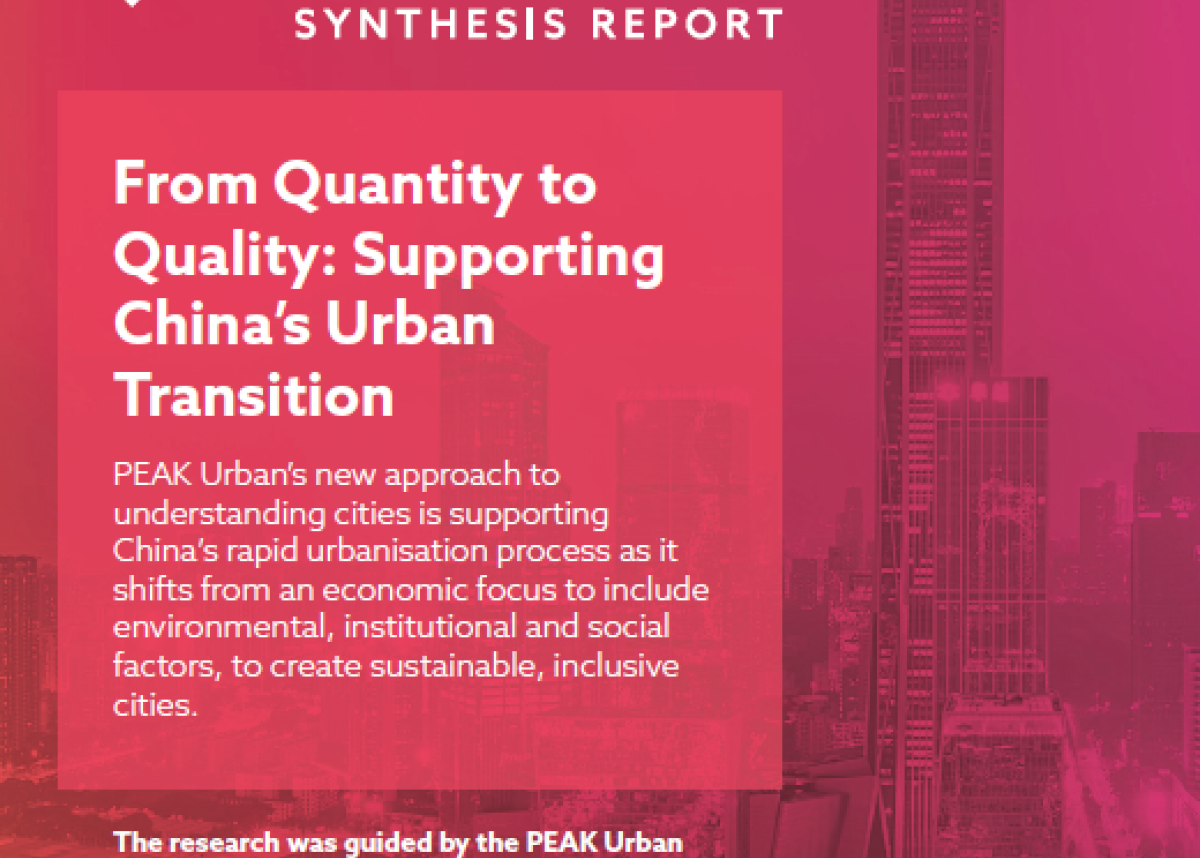
Multi-criteria locational analysis for retail development in small towns
Big data is increasingly regarded as a new approach for understanding urban informatics and complex systems. Today, there is unprecedented data availability, with detailed remote-sensed data on the built environment and rich mineable web-based sources in the form of social media, web mapping, information services and other sources of unstructured "big data".
Locational analysis and the application of quantitative methods have improved decision-making processes about town developments in the era of digital data. During the discussions of how to utilize these data and techniques, one of the most frequently asked questions is where to build the next generation commercial centers. This chapter examines retail locational considerations for 20 small towns in Zhejiang Province using a multi-criteria process including four consecutive steps. The first two steps, accessibility and site analyses, narrowed down search areas and identified potential sites. Then risk analysis was performed to recommend the relative size of retail development. The last step relied on future town master plans to readjust and reevaluate the site selection outcomes. The contributions of the research include methodological improvement of locational analysis and discussion of policy implications on retail site selection. The authors argue that the further one goes into detailed examination of local circumstances, the more local the general concerns become.
This book brings together a group of international contributors to consider the geographical implications of mobility, wellbeing and development within and across Chinese cities through location-based big data perspectives. The degree of urban sprawl, productive density and vibrancy can be reflected from location-based social media big data. The challenge is to identify, map and model these relationships to develop cities at different places in the urban hierarchical system that are more sustainable. This edited book aims to tackle these issues through two inter-related geographical scales: inter-city level and intra-city level.







